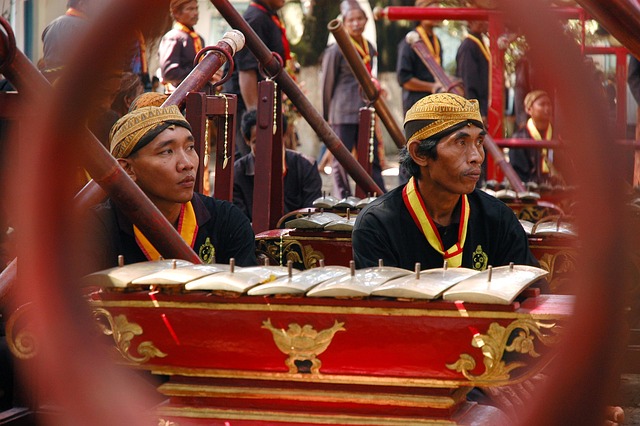In an ever-accelerating world, where the clamor of daily life often drowns out our inner voices, the practice of spiritual contemplation emerges as a beacon of tranquility and insight. Across various cultures and traditions, the art of delving into one’s inner landscape has proven invaluable, offering pathways to understanding, serenity, and personal growth.
Across centuries and continents, traditional practices have provided individuals with time-tested frameworks for connecting with the divine, nature, and the self. From the meditative practices of Buddhism, where mindfulness is cultivated through the gentle rhythm of breath, to the silent retreats of monastic life, the essence of spiritual contemplation transcends the limitations of language and culture. These sacred moments invite individuals to pause, reflect, and reconnect with the essence of their being.
In many indigenous cultures, spiritual contemplation is intertwined with nature itself. Rituals often involve honoring the land, the spirits of ancestors, and the intricate relationship between all living things. Such practices encourage individuals to step into a space of reverence, where understanding flows not just from intellect but from a felt sense of belonging to a larger tapestry of existence. Here, contemplation becomes a communal endeavor—an intertwining of personal introspection and collective reverence.
Similarly, in the realm of Yogic traditions, the practice of asanas and pranayama serves as an entry point into deeper contemplation. Each pose is not just a physical exercise; it is an invitation to explore the subtleties of mind and spirit. The integration of breath with movement establishes a profound connection, enabling practitioners to experience firsthand the layers of consciousness. This harmonious interaction evokes a state of profound peace—a hallmark of genuine spiritual contemplation.
Furthermore, various forms of art have historically served as conduits for spiritual contemplation. The intricate patterns of mandalas in Hinduism and Buddhism prompt deep reflection and can lead to transformative insights. Shamanic journeys, illustrated through storytelling and music, encourage participants to delve into their psyche, revealing hidden truths and fostering healing. Engaging with art thus transforms the creative process into a sacred act, an exploration of the soul through tangible expressions.
As we navigate the complexities of modern life, these traditional practices remind us of the wealth of wisdom available through spiritual contemplation. They offer an antidote to the noise, encouraging us to cultivate a space for stillness, where introspection can flourish. Whether through meditation, nature connecting rituals, or artistic expression, the journey inward becomes a source of strength, insight, and ultimately, a deeper connection to ourselves and the universe around us.
In essence, embracing spiritual contemplation through traditional practices affords us the opportunity to step back from the whirlwind of existence, creating a sacred pause that enriches our lives. So, as you move through your day, consider how you might incorporate these time-honored traditions into your own personal journey of discovery.




